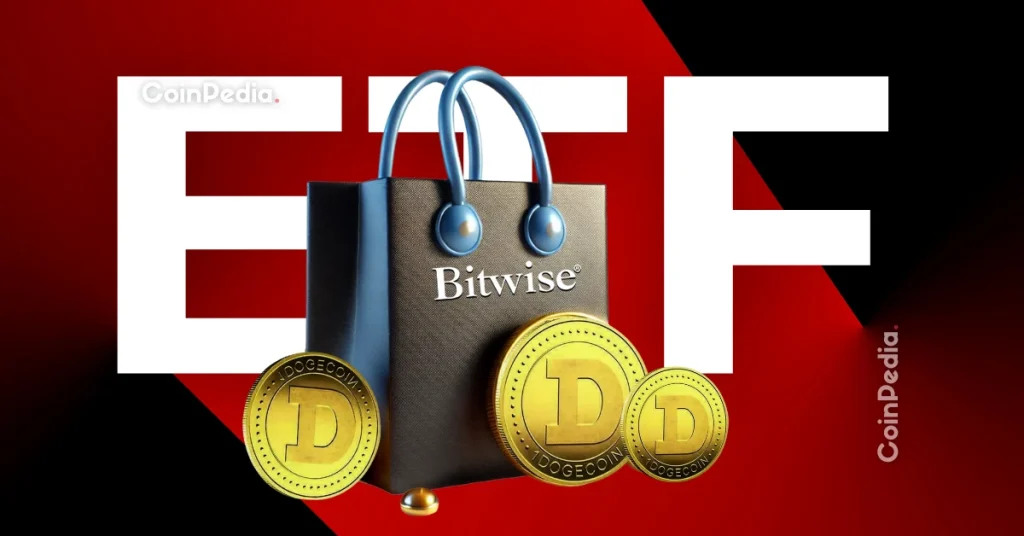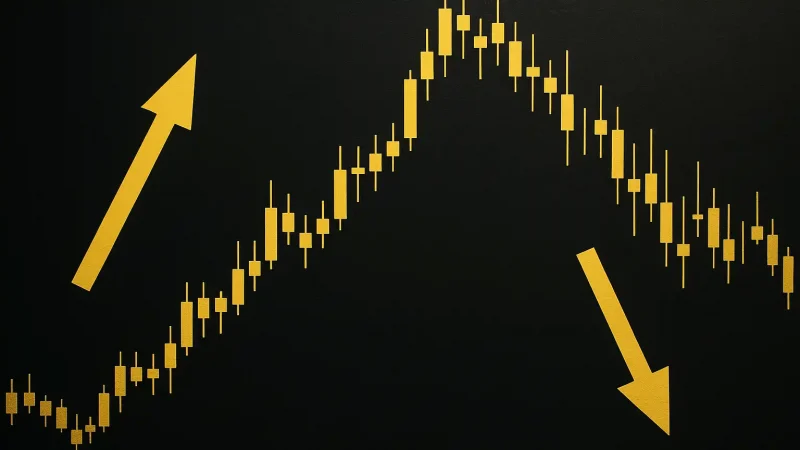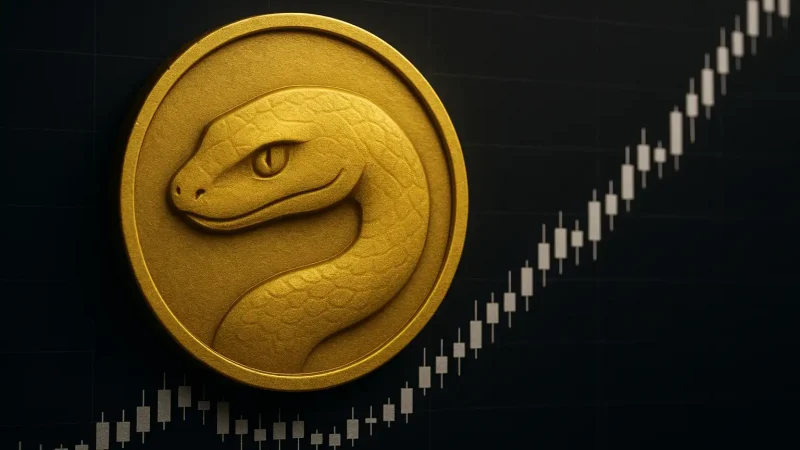In what could be a transformative moment for crypto finance, Bitwise Asset Management has filed a key regulatory form to launch the first-ever Spot Dogecoin ETF—signaling more than just a quirky meme token going mainstream. According to Bitwise CIO Matt Hougan, this bold move is part of a coming “ETF Palooza” poised to redefine how investors gain exposure to digital currencies. The firm’s filing of an 8(a) registration with the SEC implies confidence that approval could arrive within 20 days, potentially opening the floodgates for more than 100 crypto-based ETFs over the next year.

A Strategic Pivot Toward Index-Based Exposure
Beyond novelty, Bitwise’s ETF push is part of a calculated shift toward index-based crypto investment products. Speaking to CNBC, Hougan emphasized that while single-asset ETFs like the upcoming Dogecoin fund grab attention, the real potential lies in index-oriented Exchange Traded Products (ETPs). These would offer diversified exposure to a basket of cryptocurrencies, appealing to the risk-averse mainstream investor looking for simple, long-term plays rather than speculative punts on individual chains.
“We’re going to see a lot of single asset crypto ETPs. What I’m most excited about, though, is the growth of index-based crypto ETPs,” Hougan noted in the interview. To him, future crypto allocations will look more like stock index investing than the current hype-driven token-chasing. New investors aren’t here for tribal battles between Ethereum and Solana—they want broad, efficient exposure with minimal complexity.
From Bitcoin Volatility to Broader ETF Demand
The momentum behind crypto ETFs is building despite turbulent market behavior. After reaching all-time highs near $126,000, Bitcoin recently dipped below $90,000 for the first time since April—triggering a temporary sentiment chill. Yet ETF inflows remain resilient, especially on the institutional side. Bitwise’s recently launched Solana Staking ETF, which automatically re-stakes SOL rewards for compound yield, dropped 27% post-launch but rebounded 9% on a single day. This kind of volatility may deter some, but for asset managers, it only emphasizes the need for professionally-managed passive vehicles.
Hougan isn’t alone in his optimism. Asset flows into digital ETFs, particularly passively-managed ones, are expected to set new records in 2026. The growing consensus among fund managers is that traditional equities-style vehicles—low fees, diversified exposure, scalable growth—are essential to bringing crypto into retirement portfolios and passive wealth strategies.
The Doge Decision: A Cultural Litmus Test
The Spot Dogecoin ETF might seem like a sideshow, but it may actually serve as a crucial litmus test. If regulators approve a fund based on what some still consider a joke asset, it could mark a psychological turning point in how digital assets are viewed by institutions. Approval wouldn’t just validate Dogecoin—it would reinforce the legitimacy of the asset class itself in all its diverse forms.
Policy Winds Shift in Favor of Innovation
Adding momentum is a noticeably warmer political environment. Fundstrat’s Tom Lee believes the Trump administration has taken a more accommodative stance, with regulators softening on crypto innovation. This shift, combined with the reopening of government channels and renewed legislative energy, could accelerate product approvals across asset classes.
“Experimentation and innovation are being encouraged,” Lee commented, suggesting that favorable tailwinds from Washington may enable Bitwise and its peers to roll out ETFs faster than the traditional 6–9 month approval windows. Whether that’s true remains to be seen, but enthusiasm is visibly matching regulation.
The Long View: Crypto ETFs as a Default Wealth Channel
If index-based crypto ETFs take off as Hougan envisions, they could permanently change the trajectory of wealth management in the digital economy. Much like how S&P 500 and Nasdaq index funds have become the go-to holdings for retail and retirement investors, a parallel structure in crypto could simplify access and mute volatility’s emotional toll. As more investors seek diversified exposure with automated allocation, the market could bifurcate into two dominant paths: active traders and passive holders.
Bitwise is betting on the latter to dominate. “This industry will be 10 times bigger than it is today,” Hougan boldly predicted, and if ETF adoption follows historical trends seen in traditional finance, his forecast may actually be conservative.





